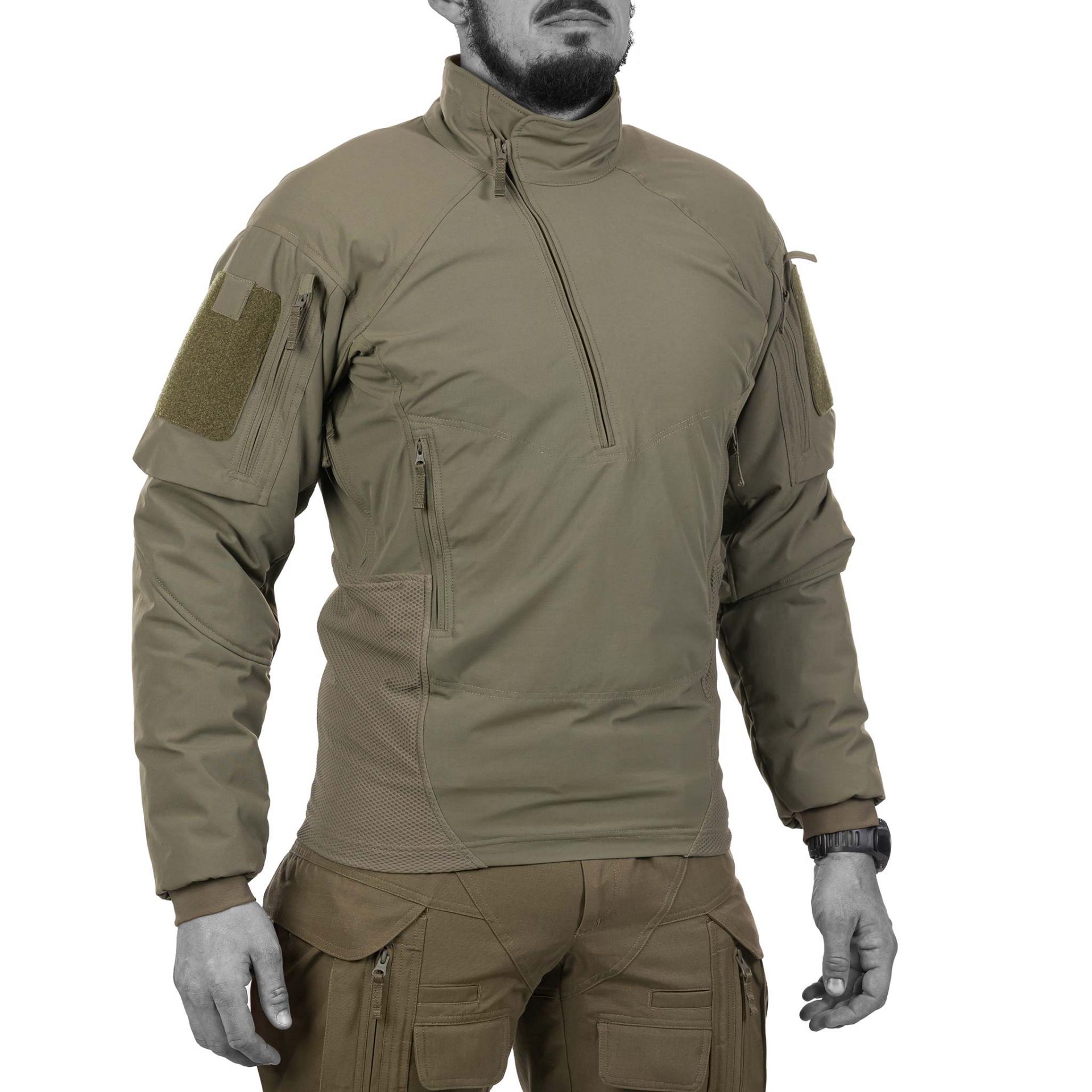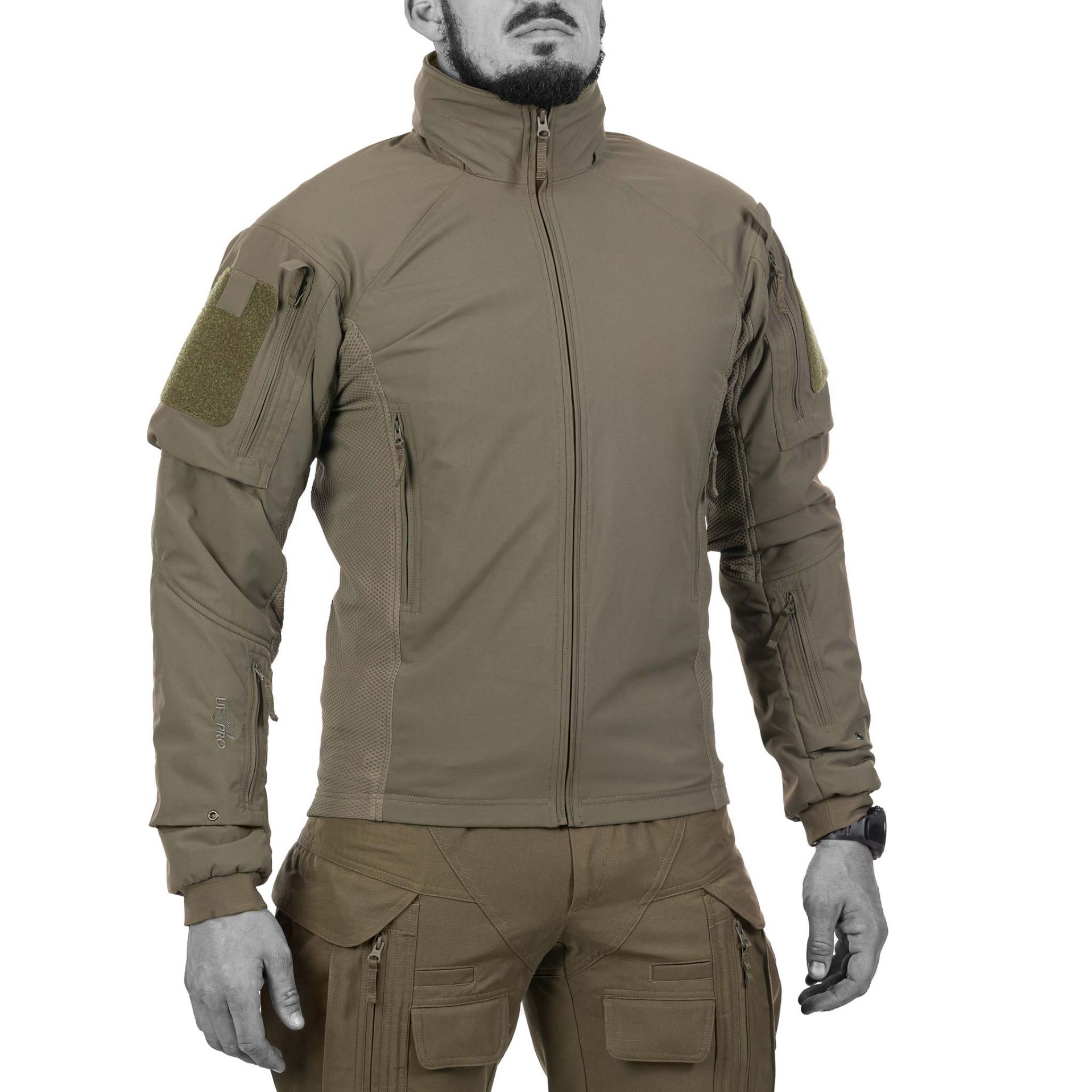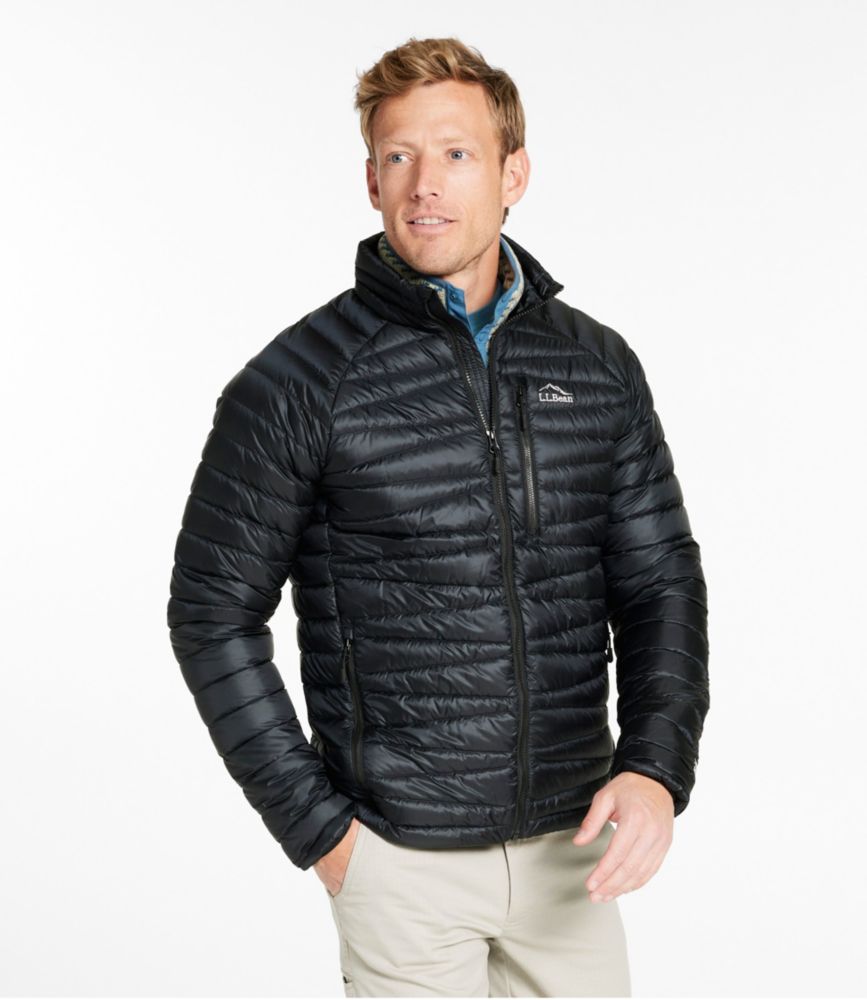Mostly just shooting but there will be a day of stalking. Most of what I’ll be doing at work is surrounding houses on barricaded subjects which have been as short as an hour and as long as 36 hours. I’m in the Saint Louis region so cold and wet typically. The only thing they issue is a pair of bdu pants and a combat top so I’m kinda looking for multipurpose setups that I can adjust accordingly for. From information I’ve gotten so far I feel like a good direction is a soft shell jacket, a insulating jacket for 2nd layer when needed and a goretex jacket/pant for hard rains or snow. But again this is just from reading not experience. I’m used to spending these call outs behind armor with a carhart on under my kit so…
St. Louis is cold? hahahahahahahahahahaha!
Good one!
Sorry, I’m from North Dakota and Minnesota. Record low air temp in Minnesota is -60F at a town called Tower in 1996. Add some wind chill to that if you want. There are vids of people pounding in nails outside with a BANANA.
I’ve been outside in ND during a blizzard, -40F, with wind chills at -92F (old wind chill chart, and yeah, the weather service changed the chart some time ago).
So, as has been said, sweat is the killer here. I can’t speak, at all, to military/police stuff. I can just talk about surviving in the cold.
You don’t need super fancy stuff, it’s all about no cotton, using layers, being able to remove layers easily, and ventilation. AND REMOVE LAYERS BEFORE YOU SWEAT.
For example, if it’s ND/MN cold (no rain at these temps, obv) you should have:
- Big goretex insulated parka with insulated hood. Pit zips, in your case, are mandatory.
- Big goretex insulated bibs. In your case, ideally with side zips that go all the way up your leg so you can change out of them and ventilate. Zips allow some cold in, but in your case you need flexibility. Bibs minimize the warmth chuffing outta your core area when you move. A one piece outfit (“snowmobile suit”) is the warmest thing evar, but holy shit do those get hot quick and they’re hard to get off.
- Lightweight balaclava. Don’t get a heavy one unless you are lying down in a tent and not moving. You’ll thank me later.
- Warm hat, like a rabbit-fur bomber hat. Bring a lightweight one too for when moving. I like windproof-ish hats, either hard-faced or Outdoor Research Windpro soft shell but NOT goretex windstopper, which feels like it would saturate your head with sweat. Your hood is the ultimate windstopper.
- One pair of thick-ish socks. BUT DO NOT PACK YOUR FEET TIGHTLY INTO YOUR BOOTS, you will lose your toes if you cannot get somewhere warm. You want a loose-ish fit. It you need to hike, then tighten to the minimum amount. You want blood in your feet. Antiperspirant on your feet is an interesting idea…I don’t have sweaty feet so I have never looked into that. If trying, try BEFORE the class as you may find your feet get itchy or something.
- Many feet/hand warmer packets
- Baffin boots, the tall-ass ones that are all nylon on top with buckles (snow-machine type). Snow in boots is very, very bad. Sorel moved production offshore and their rubber bottoms crack.
- Edit: oh yeah, test the interface between your boots and bib’s/pant’s bottoms, as I’ve found out, unfortunately, that sometimes the pant leg is too long and stuffing it into the boot makes the pant leg rub on your shin. Ouch! I prefer pant leg going into boot so snow can’t force its way in. However, if in REALLY deep snow I’ve put the pant over the boot and cinched down the pant leg bottom around my ankle. Mountaineers use gaiters.
- Mittens, and wear liner gloves when having to touch metal. DO NOT TOUCH METAL WITH BARE-ANYTHING. It sucks the life out of you so fast.
- Ski goggles if windy. Eyes water and eye sockets get cold.
- Synthetic sweater, with pit-zips and neck zips. Absolutely no turtlenecks. No way to ventilate with those.
- Warm long underwear for torso and bottom. Make sure you have a zip t-neck sort of arrangement so you can ventilate. For legs, consider multiple layers of lightweight long underwear vs one thick item. Easier to fine-tune.
- Stuff to blow your nose. Noses often run at low temps. You don’t want to get your glove liners wet. Learn the “farmer-blow” (i.e. blowing nose without tissue by plugging one nostril and sharply exhaling out nose. Aiming is important! Lol)
- Add a sitting pad so if you have to sit on the ground or god forbid, a metal-something, you will be warm.
I’m sure I’m forgetting stuff bere, but you get the idea. If it’s wet and mild 33F to oh, 50F, then you’ll need an UNINSULATED goretex-type hard shell with hood (that goes over a helmet, perhaps), UNINSULATED goretex-type bibs or perhaps pants, both with full-length side zips, lighter-weight versions of above underlayers, no balaclava, a rain hat, gloves are probably fine vs mittens, pit zips everywhere except on base layer.
A SUPER IMPORTANT note about comfort, cold, and exercising
You want to feel a bit cold and uncomfortable before exercise. You DO NOT want to feel comfortable and cozy because then you’re gonna sweat like a
greasy fucking pig once moving. This is the hardest skill to master; I still fuck this up occasionally.
So if you know you’re going it sit, dress for sitting. If you know you’re gonna have to run, ditch clothing in your pack.
The killer would be in wartime and you don’t know what’s next. That would suck.
If you really have to run etc, you’ll need something to stash the warmer stuff, obviously.
BIG NOTE: try your gear a whole bunch of times before the class in near-identical conditions. Trust me.
Edit: be wary of breathing on your optics. If below freezing, a film of ice will form (thicker and harder as it gets colder) and then you’re fucked. Breathe DOWN out of your nose (not out of your mouth). Optics includes your eyeglasses.
Clearing this problem
effectively in field conditions is an area I don’t know a lot about. For example, after wiping out skiing, goggles often have snow in them. Usually I have to just go inside to get them clean. Frozen tears in the inner lens of sunglasses, etc, are a bitch. With scope fog, I look at it forlornly for a while, hoping it’ll clear by itself. If it doesn’t, I’ll wipe it with something soft (here’s one place where cotton would be nice).
If you’re going inside to warm up, leave your rifle+scope/binos/etc outside or condensation will form on the lenses, making your life unpleasant (esp. if not dry when going back out). At the end of the day, bring stuff with optics inside after you’ve placed them in their respective soft/hard cases. The case will slow the warming and
may limit condensation.
May.
I’ve read that some people leave their rifles etc outside all of the time when it’s really cold. Not sure what armies do with ammo in these conditions.
Also, down is lighter than synthetic and warmer per weight and is useless when wet (busting a myth here, wet synthetics are useless too). But
unlike synthetics, down is a total pain to DRY OUT.
If you have a metal rifle, anywhere you might have to touch it put some padding to insulate your hands and cheeks.
 www.viktos.com
Or
www.viktos.com
Or
 www.viktos.com
www.viktos.com






